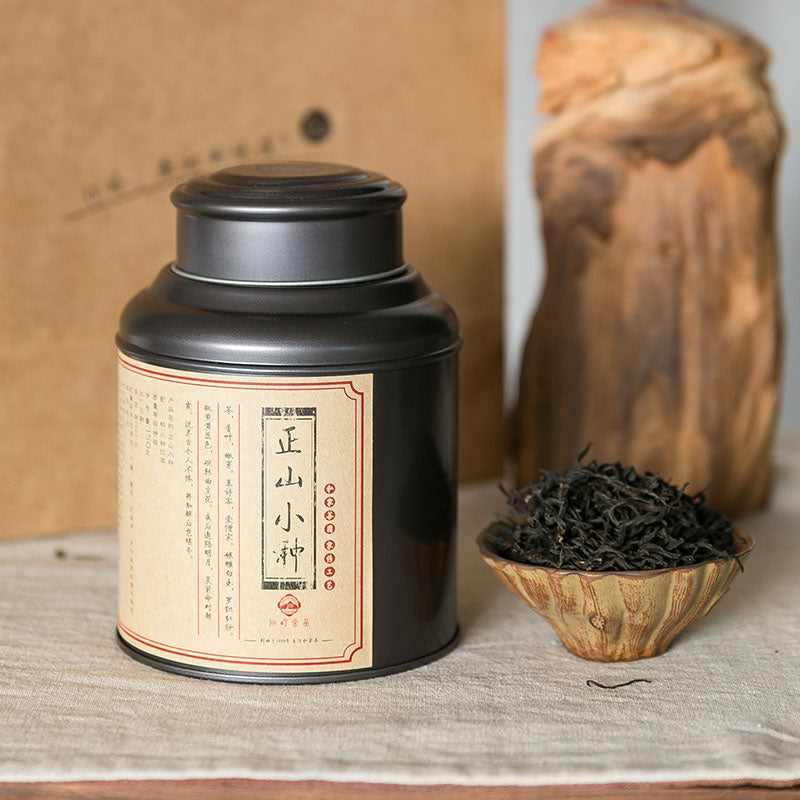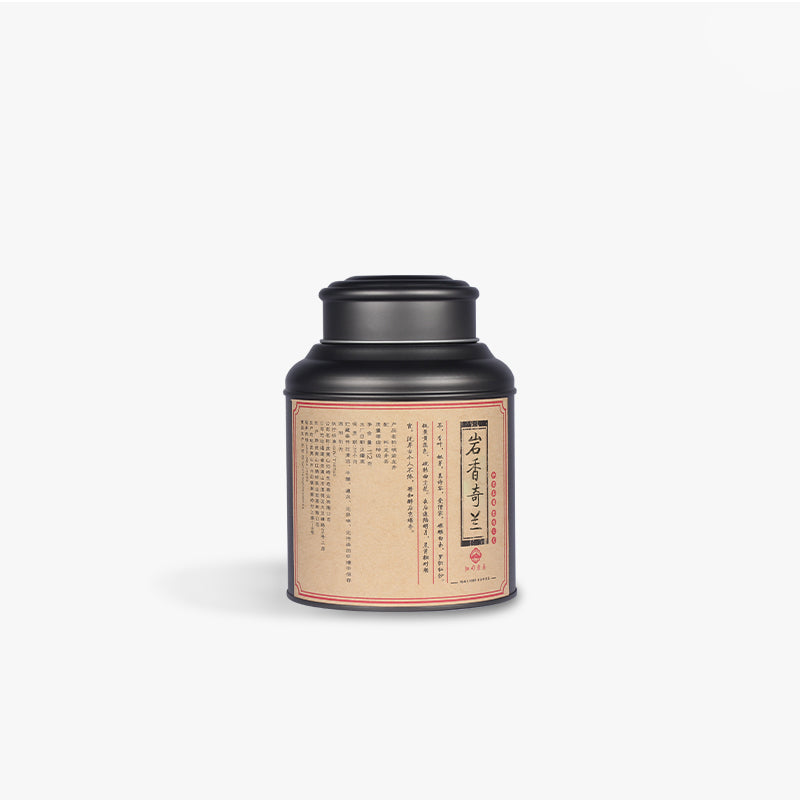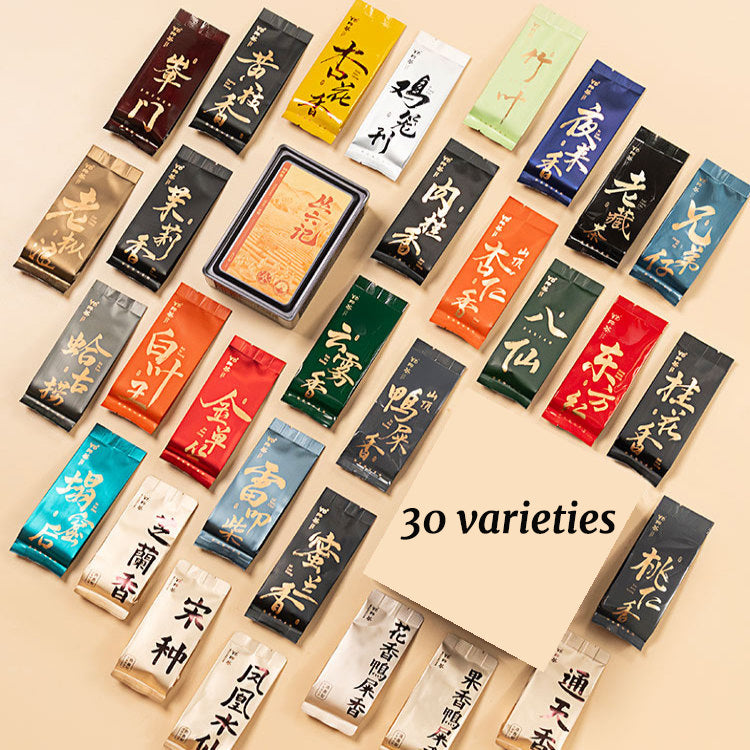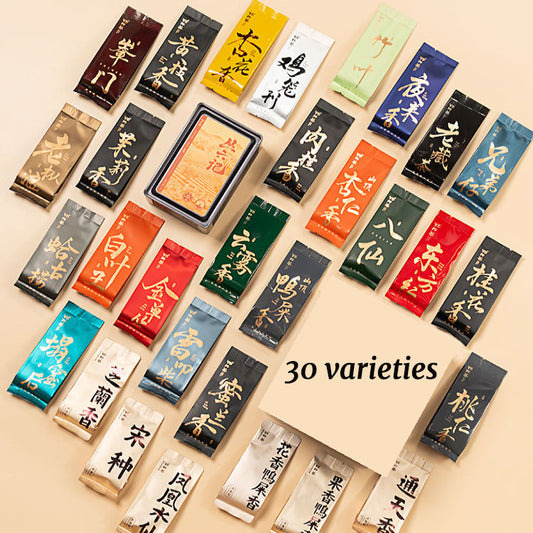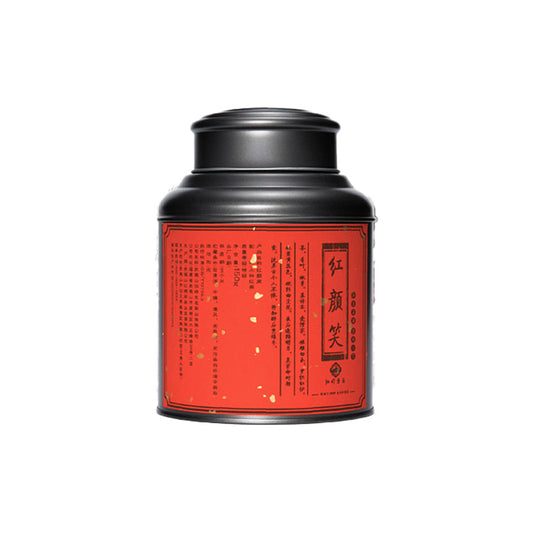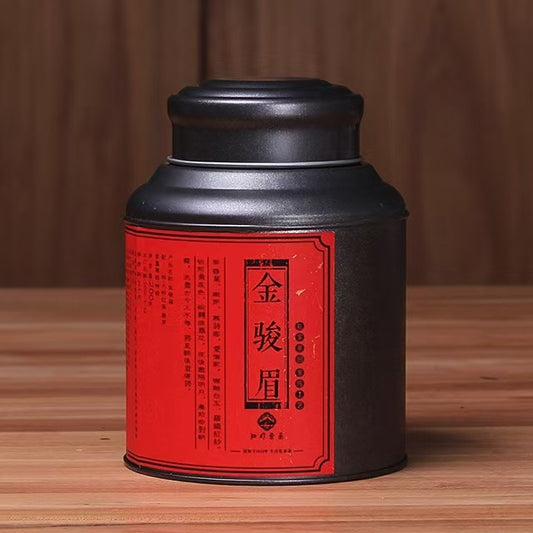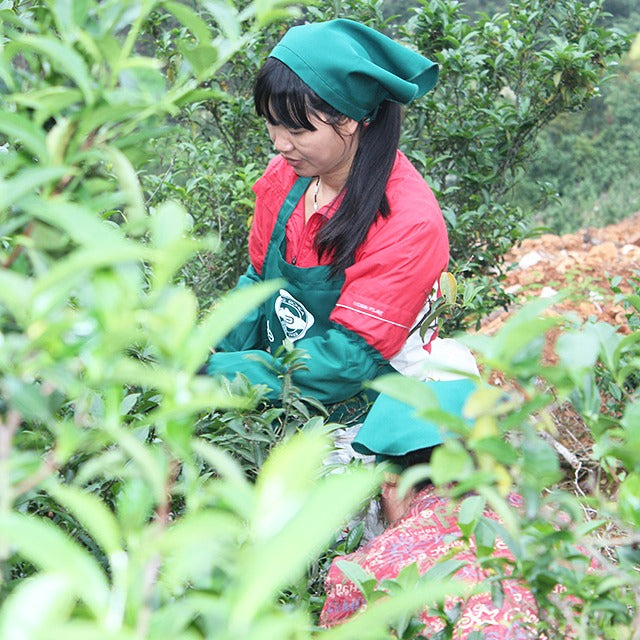Tincture vs Extract A Tea Enthusiasts Perspective
Tincture vs Extract A Tea Enthusiasts Perspective
There's an intricate art to capturing the essence of tea, a dance between nature and craftsmanship that results in the soothing beverage revered by many. When it comes to harnessing the power of plants, we often encounter the terms "tincture" and "extract." While they may seem interchangeable, these methods tell different stories, especially in the context of herbal teas. Let's embark on a journey to uncover the subtle nuances that distinguish tinctures from extracts, through the lens of a tea lover.
Tinctures typically involve steeping plant material in alcohol or vinegar, which acts as a solvent to draw out the essential compounds. This process isn't far removed from the traditional methods used in creating herbal teas like chamomile or peppermint — time and patience reveal each leaf's hidden treasures. However, a tincture's concentrated extraction forms a potent liquid that can be stored for longer periods. Imagine the alchemist's touch when you add a few drops to your favorite tea; it’s akin to enhancing nature’s melody with a deeper, resonant note.
On the other hand, extracts are often achieved through various means, including cold pressing or distillation. They tend to be more potent and can be alcohol-free, making them a favored choice for those who wish to avoid alcohol in their daily sips. Consider the unparalleled fragrance of a lavender extract — when blended with a delicate white tea, it envelops you in a floral cloud, effortlessly elevating your tea experience. Unlike tinctures, extracts can sometimes capture volatile oils and fragrances that may otherwise be lost in the more prolonged tincture process.
Both tinctures and extracts offer unique benefits and pairing them with tea can feel like the work of a mindful artist, crafting their masterpiece. A drop of ginger extract in a steaming cup of lemongrass tea might evoke the warmth of a fireside chat on a crisp autumn evening, while a lavender tincture in chamomile tea can transport you to a serene garden at dusk.
The choice between tinctures and extracts ultimately rests in the moments and moods you wish to create. Each has its place, much like the varied teas that grace our shelves. Whether you're looking to add a burst of flavor, a touch of solace, or a hint of nostalgia to your cup, understanding these natural allies can open a world of possibilities.
Isn't it fascinating how a simple leaf or blossom can be transformed into such diverse forms? As we explore these methods further, we're reminded of the ever-evolving dance of tradition and innovation, allowing us to savor our tea with a depth that's both historical and profoundly personal. Whether tincture or extract, what truly matters is the joy and connection they bring to our cherished tea rituals.

